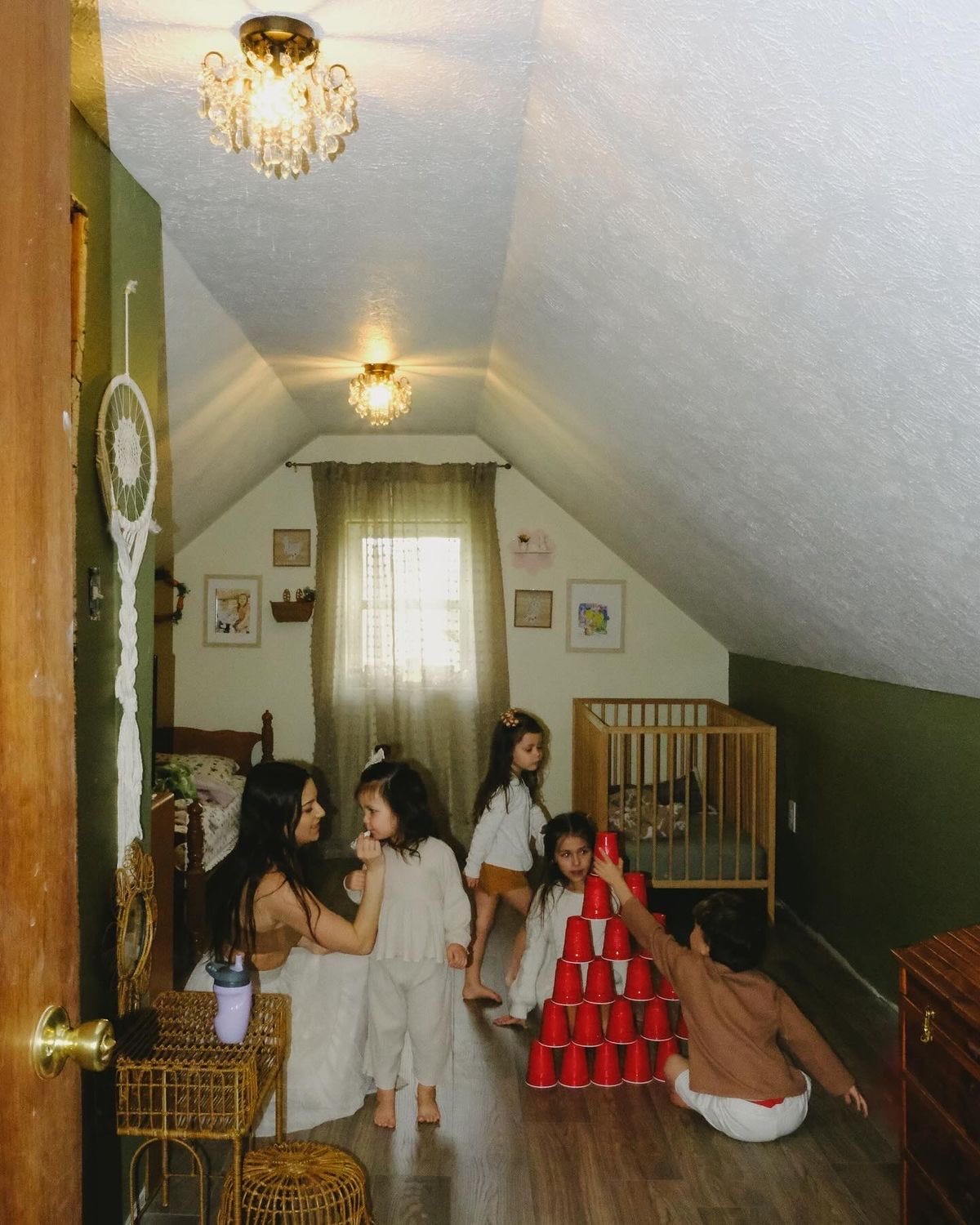sometimes i wonder how many parts of myself were shaped before i even had language for them. the way i flinch at raised voices, the way i overexplain when i feel misunderstood, the way i instinctively scan a room for emotional temperature before taking a seat. it’s not dramatic. it’s not traumatic. it’s simply inherited. emotional inheritance—the things passed down not in DNA, but in tone, silence, and unresolved stories that linger in the walls of childhood homes.
i used to think inheritance was something tangible, like jewelry or family recipes scribbled on yellowed paper. now i realize it’s also the intangibles: the unresolved conversations, the unspoken expectations, the quiet anxieties your parents never articulated but carried quietly. we inherit these things almost unknowingly, slipping into them like old clothes we never chose but somehow always fit.
my family was never particularly dysfunctional, but it was complex in that subtle, quiet way many families are. we loved fiercely, but silently. affection was often expressed in worry, wrapped tightly around unsolicited advice. tenderness had a practical, almost sharp edge, always hinting at improvement, correction, or caution. in that environment, i grew up believing anxiety meant love, and silence meant peace. resting without reason felt suspiciously selfish. everything good had to be earned, proved, measured, and then protected. this was my emotional inheritance—the blueprint i carried into adulthood.
when emotional inheritance becomes emotional architecture, it builds a home within us. it frames how we see ourselves, defines how we respond, and dictates how we approach love, rest, trust, and self-worth. our minds become shaped by silent assumptions, invisible rules, and quiet patterns that become so second nature we mistake them for identity. and before we realize it, we’re navigating life inside rooms we never consciously built, responding in ways we never actively chose.
for me, this realization came slowly. i began to notice patterns in my relationships, work, and self-talk. minor criticisms felt disproportionately devastating. minor disagreements felt like abandonment. silence triggered anxiety; affection sometimes felt suspicious. i began to see how i wasn’t just reacting to present circumstances, but responding to old emotional blueprints. these blueprints were designed not by me, but by generations of family members who never fully confronted their own inner worlds, who quietly passed down their coping mechanisms like family heirlooms.
research in psychology refers to this as intergenerational emotional transmission, where unresolved feelings or trauma trickle down through generations. it’s not just about what happened to you, but about the emotional atmosphere you absorbed growing up. maybe your parents never talked about their worries, but you saw it in the tension in their shoulders, heard it in the shortness of their voices. perhaps conflict was never addressed directly, teaching you that confrontation was unsafe, something to avoid at all costs. these subtle lessons become the foundations of how we interact with the world.
Keep reading with a 7-day free trial
Subscribe to milk and cookies to keep reading this post and get 7 days of free access to the full post archives.




